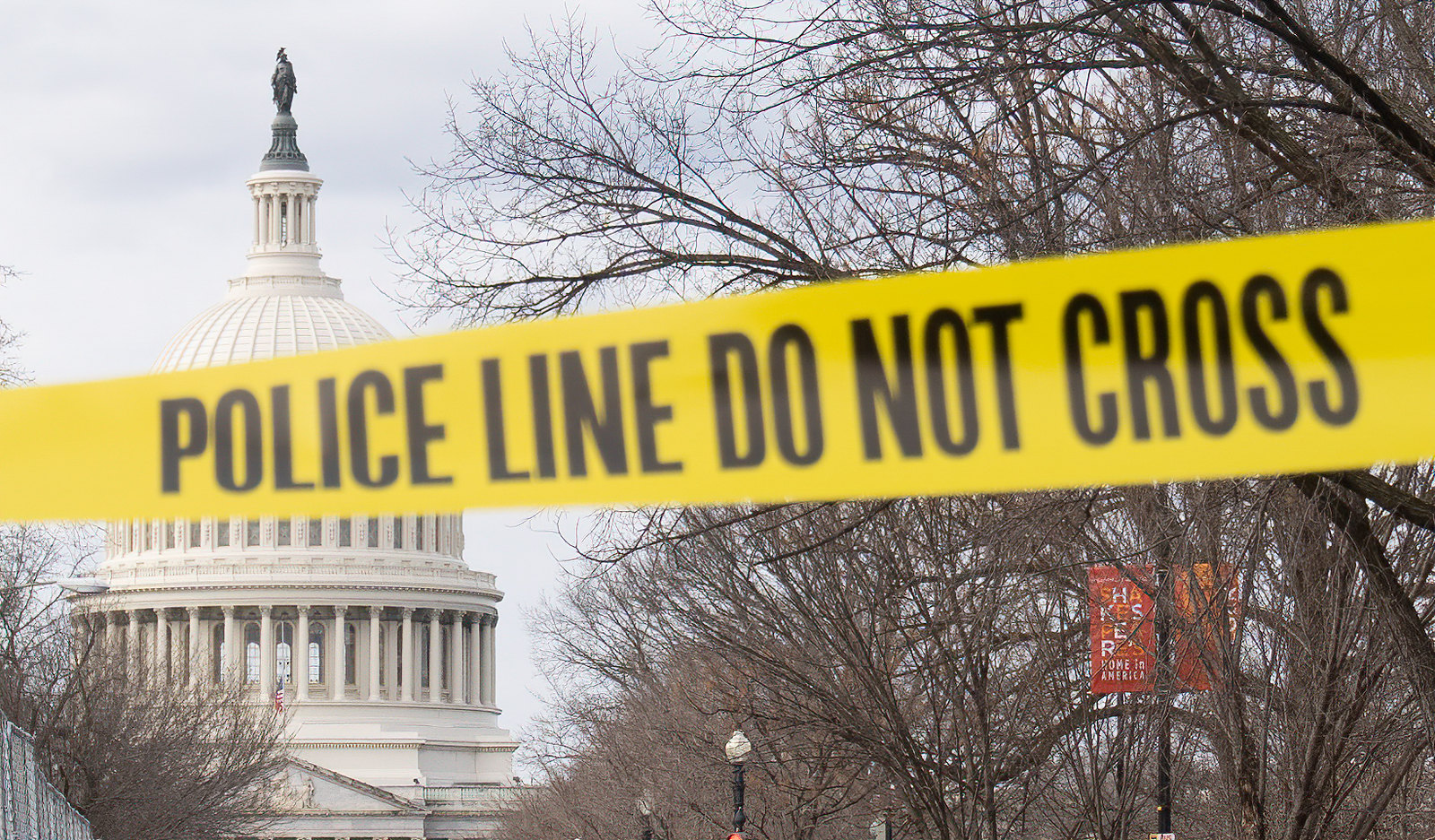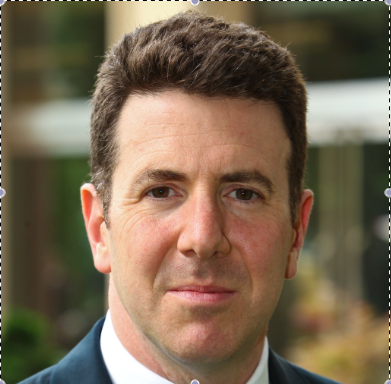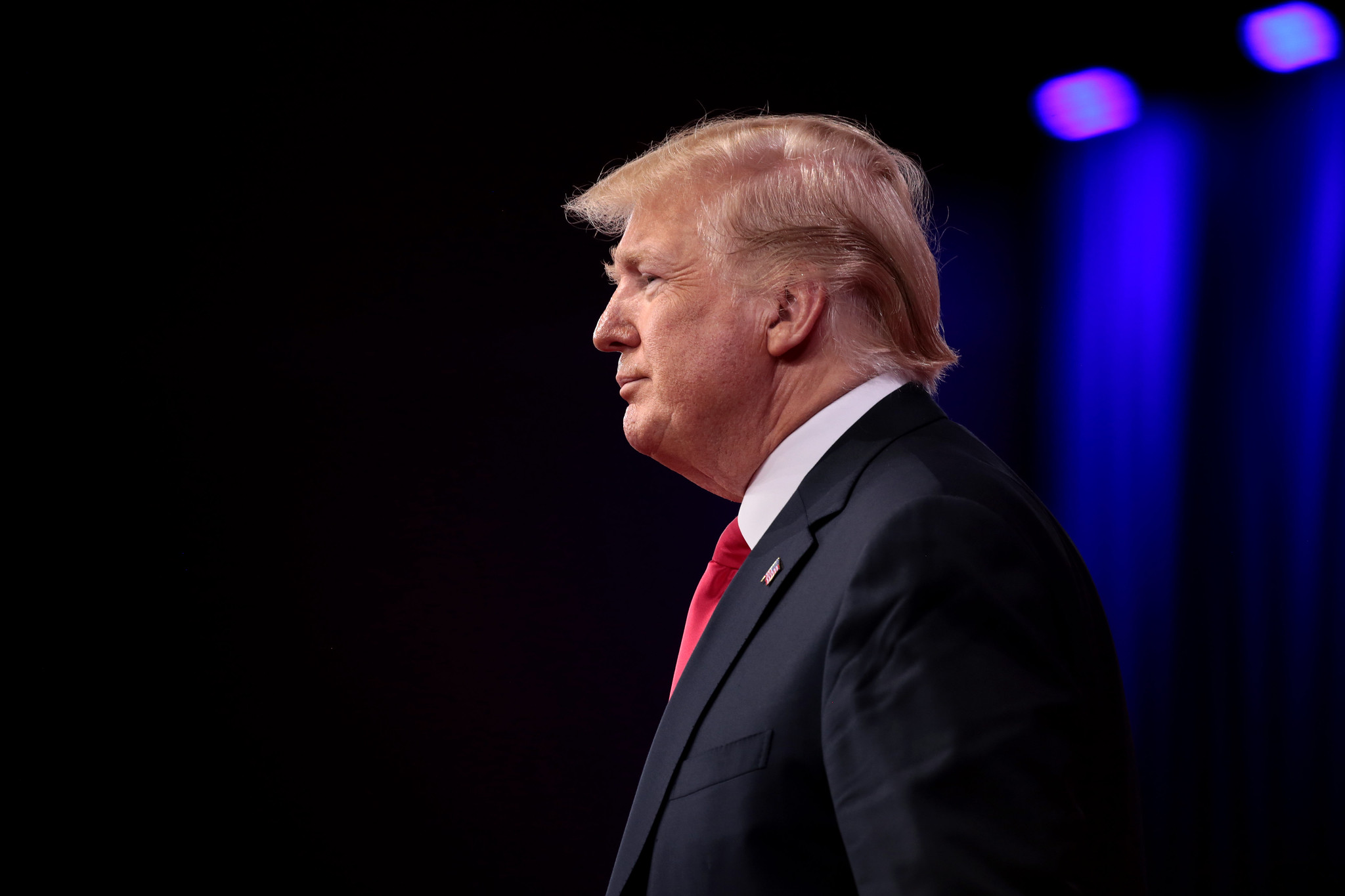Nine Questions for the Capitol Insurrection Commission
Besides offering a definitive account of the events leading up to the storming of the Capitol and the attack itself, what should an investigative commission devoted to Jan. 6 look at?

Published by The Lawfare Institute
in Cooperation With

In the days since the Jan. 6 insurrection, calls have proliferated for a national commission to report on the riot and its attendant events. Speaker of the House Nancy Pelosi announced that there is “strong interest” among members of Congress for creating a commission, much like the one that studied the 9/11 attacks, to investigate the insurrection. And Republican Sens. Lindsey Graham and Ron Johnson have also called for an independent panel to examine the security failures that allowed the Capitol to be breached. A majority of Americans favor a national commission.
The calls are understandable and worthy—though some hard thinking is needed before launching any investigation. The assault itself, and the failure to stop it, raise numerous troubling questions about security failures, readiness on the part of the Capitol Police, incitement by the former president and other leaders, and the responsibility of social media companies and other parts of American society. Although the FBI is conducting a criminal probe that will address some of these questions, no criminal investigation can address the many noncriminal questions implicated by the events of the day. Former President Trump’s coming impeachment trial will also lack a significant investigative component—and will, in any event, involve only Trump’s own conduct.
So there is a lot of sense to a high-level and broad inquiry by an independent commission to explore and report on the multifaceted aspects of Jan. 6 that have nothing to do with impeachment or criminal conduct. Before turning to the bureaucratic logistics—how the commission should be composed, what its authorities should be and that sort of thing—let’s consider the substance of its mission. Besides offering a definitive account of the events leading up to the storming of the Capitol and the attack itself, what should the commission look at?
Here are at least some of the questions that any commission will need to consider:
- Who were the attackers?
A wide range of extremist groups participated in the Jan. 6 assault, but for now at least, the public does not have a sense of their precise mix and respective roles. Who planned the protests, and did any of the organizational planners, particularly the more institutional ones, intend for more than a peaceful protest? It is vital to determine how much of the mob consisted of organized groups or individuals coordinating with one another and how many people were simply violent tourists, showing up for a protest and, to their delight, finding themselves unexpectedly in the Capitol’s hallowed halls. This will inform future planning about the scope and scale of the threat. Moreover, the political demographics of the group matters too. Was this primarily a Republican-PAC-organized event? A white power nationalist event? Or was it primarily a QAnon-inflected event or a militia-driven one? Lots of different groups were, of course, involved, but a commission will want to get a handle on the question of who the primary drivers were and in roughly what proportions.
- Which parts of the warning system failed?
Warning is a vital intelligence function. Its purpose is not to predict the future but, rather, to let policymakers know if risk levels have changed and, thus, whether authorities might need more resources or to shift forms of or step up policy intervention. Despite many agencies having responsibility for security in this instance (or perhaps because so many agencies were involved), it is not clear who was responsible for anticipating the threat and how the relevant security bodies were to coordinate. To what extent did different government agencies, or components within them, anticipate the threat? Given inevitable divisions, how did the various agencies create unified positions, and how did these positions lead to a unified policy across agencies? In particular, how did the Capitol Police come to be so woefully unprepared for an event that had been advertised repeatedly on social media as a plan to storm the Capitol? And to what extent did the FBI, with its formidable counterterrorism capabilities, fail to anticipate the likelihood of violence? President Biden has signaled that he does not mean to replace FBI Director Christopher Wray, while the Capitol Police leadership has already resigned. Did Wray’s performance warrant the president’s confidence?
- Why were the pieces not put together?
By now it is clear that there were numerous signs that violence was possible, or even likely. Some information came from a local FBI field office that saw threatening signs, while social media companies had vital information on who was posting what, and the Department of Homeland Security had information on the travel of suspected radicals. How and to what extent was this information shared and, once shared, disseminated to the necessary authorities?
- What was the role of social media companies?
The insurrectionists were in Facebook groups, shared plans on Parler, talked to one another on the walkie-talkie app Zello, and otherwise took advantage of the ease and reach of social media companies. Their actions and chatter represented a vast amount of data, and some of it revealed plans to show up well armed and cause trouble. Were the social media companies aware of what was happening on their own platforms? Did they coordinate with other platforms to gain a sense of the bigger picture? Did they convey this information to government officials? And how much did public authorities follow the social media accounts of potentially violent extremists? The fact that nearly all social media companies have taken bolder action against violence-inciting accounts after Jan. 6 than before it shows conclusively that bold action was possible. What were the social media companies doing prior to Jan. 6 with the voluminous data at their disposal suggesting violent intentions on the part of large numbers of people?
- What can investigators reasonably conclude regarding the personal responsibility of President Trump?
What made the Capitol assault distinct from other forms of political violence that America has witnessed was the direct role of the president, who called on people to come to Washington, promised it was going to be “wild,” and then gave an incendiary speech to the crowd before it stormed the Capitol. All of this followed months of egging supporters on in various ways. As the violence was unfolding, Trump initially rebuffed a request to mobilize the D.C. National Guard. The Senate’s coming impeachment trial will yield some form of political judgment of the former president’s behavior. To the extent there are criminal questions, those are the province of the Justice Department. But there’s also an important historical and analytical question—indeed, a moral one—that neither the Senate nor any criminal investigation can address: How should people understand the interaction of Trump’s behavior and that of the crowd? To what extent should analysts draw a clear or even indirect line of causation between how the then-president acted and what happened at the Capitol?
Toward this end, it is essential to develop a crystal-clear record concerning precisely what the president did in the run-up to the protest, as well as before and during the violence. A commission should ascertain everything possible about how Trump described his intentions to close aides and to those to whom he was speaking. He also reportedly made phone calls to senators during the riot. Understanding those conversations is important too.
- Who else enabled the violence?
The president deserves intense scrutiny, but he was not alone: A number of other politicians also played a role. Some of this involved playing up false claims about voter fraud in the 2020 election, but others reportedly played a more direct role. Members of Congress, like Trump, spoke to the protesters prior to the riot. Moreover, there have been reports that members gave tours—that may have been reconnaissance missions—in the days prior to the storming. And one member tweeted information in real time about Speaker Pelosi’s leaving the House chamber. Did any members of Congress assist the rioters, either intentionally or unintentionally, and if so, how? Less directly, did coverage of the election and protests on television news and other parts of the information system make violence more likely?
- Should the rioters have been allowed to walk away?
After several harrowing hours, the rioters were expelled from the Capitol. Many, however, appear to have walked out despite a police presence or otherwise were not arrested. It is impossible to believe that a group of non-white or left-wing protesters would have been allowed to disperse nationwide after such an episode, leaving the FBI with a gigantic criminal probe involving hundreds of unidentified subjects scattered to the winds.
Who exactly made the decision to let the rioters walk away—and why? Was this a tactical decision based on specific risks of further violence and an informed judgment that the social media data and video footage of the storming would allow accountability later? Or did it simply happen? A thoughtful examination of the contrast between police behavior in this incident and during the protests following the killing of George Floyd seems essential here. To what extent did identification with protesters among some officers or Capitol Police leadership, for either philosophical or identity-based reasons, affect planning for the event, soften the police response as the protests became more unruly and condition the decision to make so few arrests in real time?
- Was there a foreign role?
The assault took place on U.S. soil, involving American cities and perhaps supported by some U.S. politicians. But foreign governments, notably Russia, have long tried to incite public opinion in the United States and to delegitimize U.S. elections. What was the role of foreign powers in fostering the broader radical narrative, and what efforts were undertaken to stop them? In light of the recent history of Russian social media manipulation designed to interfere in domestic U.S. politics, an examination of the role—if any—of foreign social media operations in stoking these protests seems critical.
- How might history have looked if different decisions were made?
Counterfactuals are notoriously tricky, but they are also necessary. They enable analysts to judge what might have been if different decisions were made. The number can be endless, but at the very least, the commission should ask a few counterfactual questions. What would have happened if warnings were shared more consistently early on based on the best analytic work product available to the government? If the Capitol Police had taken a more aggressive posture toward the rioters, up to and including more use of lethal force, would the results likely have been better or worse? How would things have been different if the president had not been actively involved in inciting the violence? By definition, answers to such questions will not be definitive, but they can provoke a healthy debate about what might be done differently in the future.
Commissions aim both to establish culpability and to set out a definitive record for the future. But they are also established in order to learn—and in so doing, to avoid the worst in the future. Resources and legal authorities may need to change, and bureaucracies may need to adjust. A thorough investigation can put right-thinking Americans on the same page regarding facts and their meaning, creating a broader foundation for building a better system.





